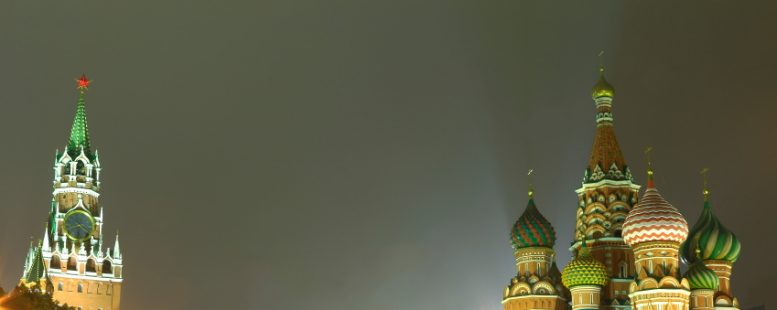Our Opinion: 2024
How long can Russia’s boom continue?

Two years ago, the West expected sanctions, together with the draining effects of the Ukraine war, to lead to collapse in Russia. Instead, the Russian economy is doing strikingly well.
Last year, analysts expected a shrinking Russian economy over the course of 2023. Instead, it grew far more strongly than Western nations, with GDP up by more than 3%. Higher oil prices and a ramping-up of exports to China and India have helped protect Russia from the catastrophe many predicted. The withdrawal of Western firms has opened up new niches for Russian firms, while capital controls have left them with no option but to invest in Russia. And massively increased defence spending – including on soldiers’ wages and compensation to families, as well as arms manufacturing – has helped fuel a mini-boom in poorer parts of the country.
Figures from Russia’s finance ministry suggest the government’s overall fiscal stimulus stands at around 5% of GDP. This is greater than during the Covid-19 pandemic. At some point, all this will have to be paid for. But, for now, the Russian president is busily building a wartime economy. In the 2024 budget, military spending will hit 6% of GDP for the first time since the Soviet era – accounting for 39% of the Kremlin’s budget (and squeezing out funding for healthcare and social welfare).
Rather than collapse or stagnation, the biggest issue is that the economy is running dangerously hot. Unemployment is at its lowest on record (less than 3%), salaries have surged by an average of 15% year on year, and inflation is up to about 8% – forcing the central bank to hike interest rates to 16%.
There are clearly ways that the war and associated exodus of Western companies is hurting the Russian economy. First, talent flight. Since the February 2022 invasion, at least a million highly skilled workers have fled the country, by some estimates accounting for 10% of Russia’s entire technology workforce, and 33% of its millionaires.
Second, capital flight. According to the Russian Central Bank’s own assessment, a record $253bn in private capital was moved out of Russia in the 16 months following the invasion, four times the previous level of outflows.
Third, the loss of Western technology and know-how has damaged key sectors such as technology and energy exploration. For example, the oil conglomerate Rosneft, has been forced to spend nearly $10bn extra on capital expenditure, adding about $10 of additional costs to every barrel of oil it exports.
Fourth, the withdrawal of about $250bn in foreign direct investment, and the near-total halt in new FDI into Russia, compared with about $100bn annually before the war. Fifth, the loss of the rouble as a convertible and exchangeable currency. Sixth, the loss of access to global capital markets.
Finally, there has been massive destruction of wealth, as asset values have collapsed. The worth of some state-owned enterprises has slumped 75% since the invasion, and many private-sector assets have halved in value.
Against this background, it may be surprising that the economy is growing. It is doing so on the back of government spending and the cannibalisation of now state-controlled enterprises. But that’s not a viable economic strategy for anything other than the very short term.
Sanctions have not collapsed Russia’s economy, thanks to China, India, and the ‘parallel markets’ whereby goods are shipped in via friendly countries such as Turkey and Kazakhstan. But shortages are mounting, of goods as varied as tyres, printing paper, aeroplane parts and medicines. Already, according to analysis by the US Treasury, Russia’s economy is 5% smaller than it would have been had Putin not launched his war.
The growth in the economy comes despite the combination of war and, sanctions. However, Russia’s economy is coming under considerable economic strain. The costs of war is growing, the Rouble is depreciating, increasing inflation, and the labour market is becoming increasingly tight, reflecting a loss of workers.
Once he’s got March’s presidential election out of the way, Putin is likely to expand the scope of civilian mobilisation. Russia’s ability to replenish its forces in drawn-out, warfare is its key advantage over Ukraine. But that will only make worse the already serious labour shortages in the civilian economy. Already the defence industry, which employs about two million engineers and other workers, is short of 400,000 people.
The large reduction in Russia’s supply capacity in the past two years has significantly limited the ability of the economy to grow without generating inflation pressures. So, although the economy has coped with sanctions so far, a bigger war effort will be destabilising Russia’s underlying stability. For Putin, winning re-election in a stage-managed vote will be easy. Managing its economy in the coming years will be much harder.
26th January 2024
